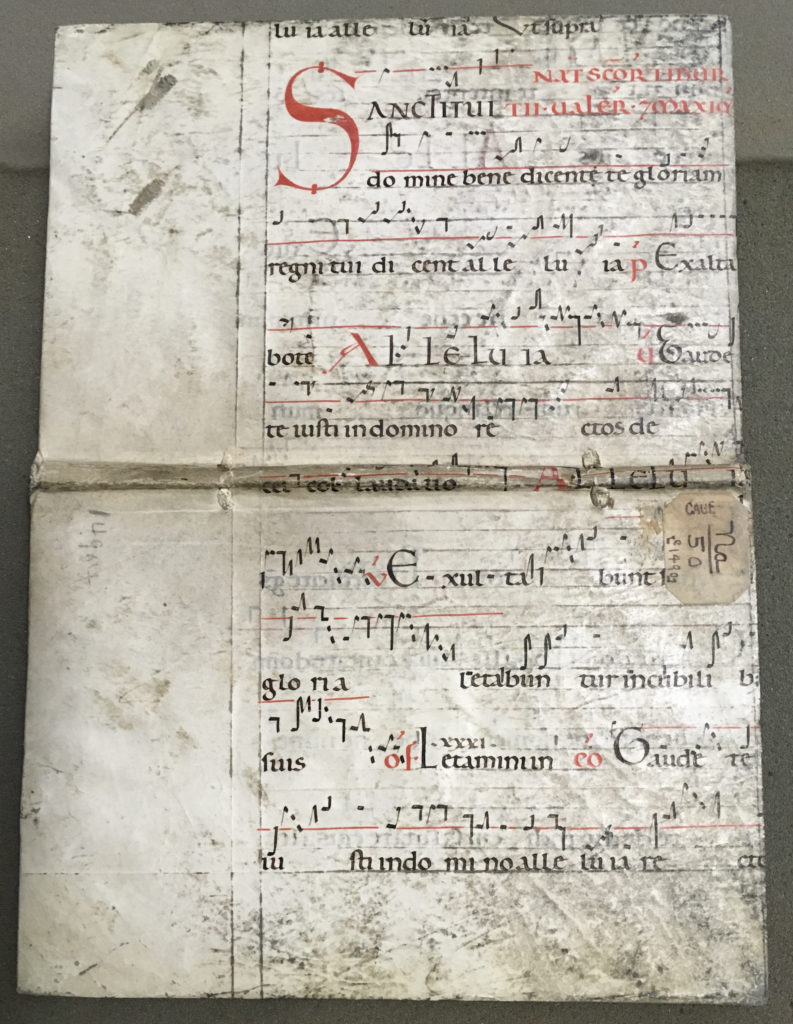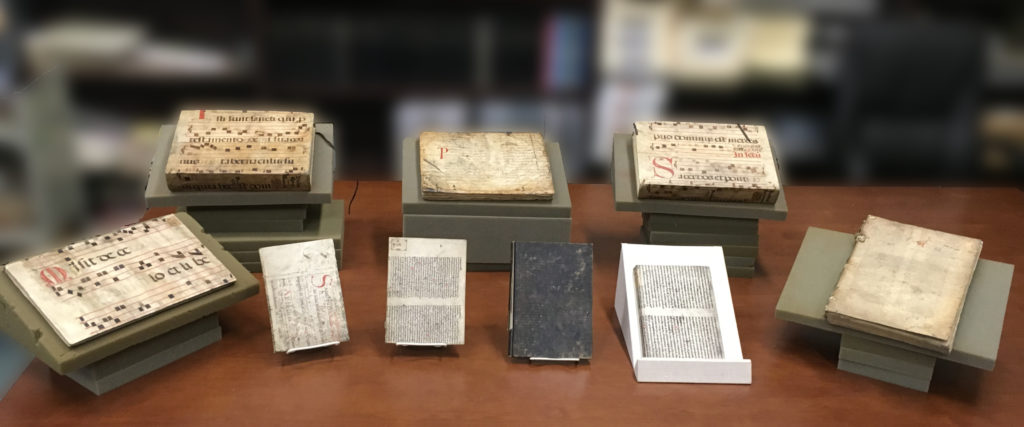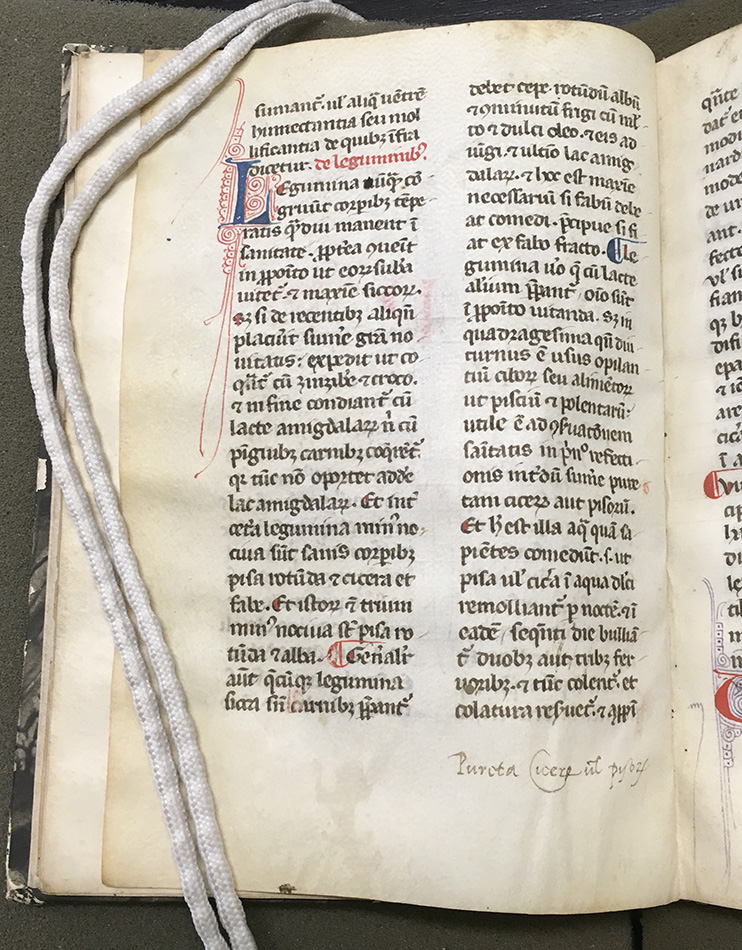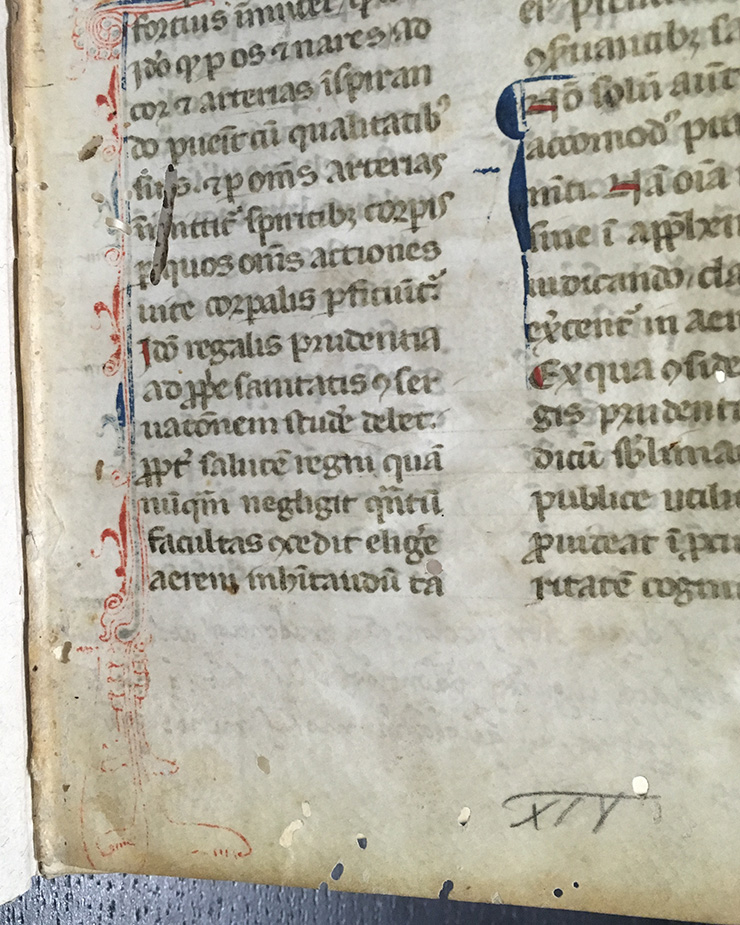– by Wood Institute travel grantee Lindsey Grubbs*
Hysteria posed a unique challenge to the medical profession in the late nineteenth century. As clinicians increasingly relied upon advances in instrumentation and laboratory science to diagnose organic disease, hysteria remained an enigma, mimicking organic disorder without discernable cause. S. Weir Mitchell, notorious for his work with the disorder, understood that what he once called “mysteria” was a condition with “hazy boundaries” that could not responsibly be drawn.[1] But despite this acknowledgement (or perhaps because of it), he spent much of his career attempting to delineate between organic and hysterical disorders.
Earlier this year, I spent two weeks in the Historical Medical Library researching for my dissertation the role of literature in the creation of new psychiatric diagnoses. Seeking evidence of how Mitchell employed narrative techniques as he disseminated his vision of hysteria, I spent most of my time, of course, with the Mitchell collections. His correspondence with other physicians, patients, and literary figures, his case notes, and his lecture notes demonstrated how deeply his diagnostic and literary interests supported one another. While taking a brief Mitchell-hiatus, however, I found a less glamorous set of materials that provided unexpected insight into the solidification of hysterical diagnoses in this period: the clinical notebooks of Charles P. Mercer, a medical student at the University of Pennsylvania. These writings are a fascinating window into just how the diagnostic gaze was trained in Mitchell’s Philadelphia.
Read more





